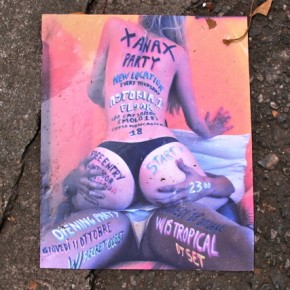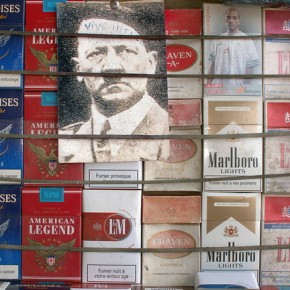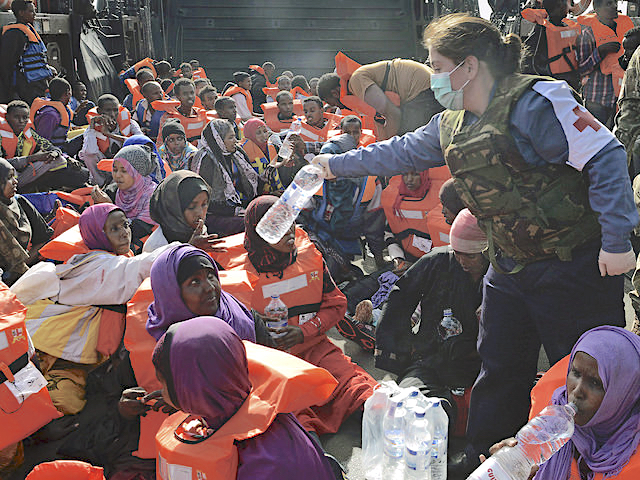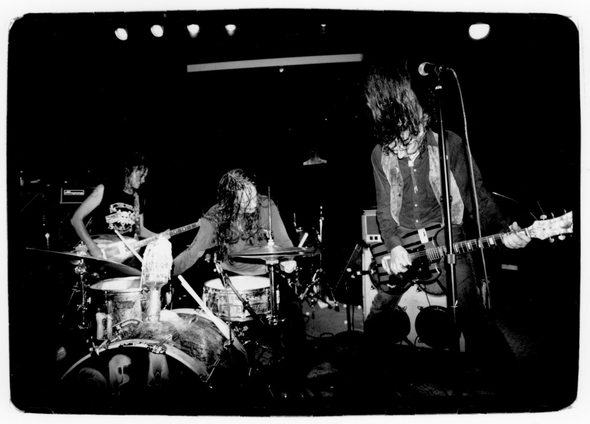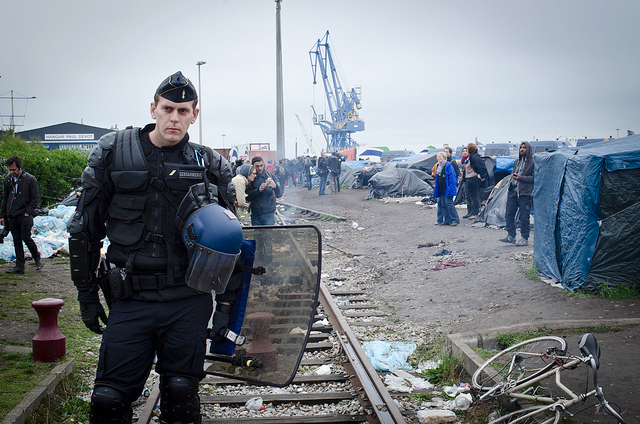Whenever European cities decide to renew themselves, they tend to look to American models: Austin, Texas; Portland, Oregon. Even San Francisco, despite the fact that the California city has long since stopped being an alternative urban area, in the same way more affordable towns like Portland remain.
Turin, once the seat of Italy’s automotive industry, is a good case in point. Though still an industrial hub (particularly in regards to defense) the city’s economy is looking more and more to digital industries to help revivify itself, and new real estate development to help attract suitable workers. To wit, the New York Times has run four features on Turin since 2011, including a hipster guide put together by Italian ‘zinester Marco Velardi. For anyone who knows the northern city, its wealth of decaying historic buildings (particularly in central Turin) are ideal objects of speculation.
Such properties are also, quite frequently, home to poor Italians and struggling migrants from southern Europe, Asia and Africa. Albanians, Nigerians, Rumanians, Sri Lankans, Tunisians, Chinese. It’s the essence of contemporary Italy, both economically, and ethnically. Logically, they are also sites of intense conflict, pitting left-wing activists against real estate developers and their political allies, intent on gentrifying a crumbling Italian industrial city, and populating it with more affluent, ethnically homogenous residents.
The mural above, featuring Arab and European kids armed with slingshots, makes strong allusions to the Arab-Israeli conflict, as though it is being replayed in Turin. The multilingual flyer below testifies to the cultural diversity of this struggle. Written in Arabic, French, Italian and English, it reflects four out of the five (Rumanian, arguably, should be here) most commonly-spoken local languages.
We’ve transcribed the English-language text provided, to help give you a sense of the passions inflaming the conflict, in this case, about Turin’s legendary Porta Palazzo neighborhood. We can’t vouchsafe the quality of the translation (from Italian, we presume.) The writing could, of course, be better. Still, in keeping with Souciant’s commitment to publishing what we affectionately call ‘found journalism’, it’s the content that matters most.

We Are Neither Weak Nor Alone
Porta Palazzo is full of poor. Porta Palazzo is full of cops.
There are more poors than cops, but the cops force poors to remain within borders that are always more miserable. They control the streets searching for clandestine people to arrest, sending away “abusivi” who try to earn enough money to eat, and evicting people who cannot pay the rest. We cannot stay at home….we cannot stay in the streets. There is someone who has tentacles in our neighbourhood, who orders these cops to control specific places and specific streets. On Saturday, 19 May, the usual patrol (2 military jeeps, 1 police car and 1 Municipal police car) stopped in Piazza del Sermig and forced the “abusivi” (exploited) to stop selling their stuff. Other “abusivi” were threatened with eviction if they returned the next Saturday. In the same streets, a short time ago, close to 100 anti-riot cops evicted a family that resisted against their “sfratto” (eviction) for more than 1 year.
This someone has a name, the name of every owner. They want to renovate the houses to increase rent, erect the mongolfiera and build two commercial centers to attract tourists and transform the Saturday and Sunday markets to be like the “mercantino di Natale.” Half of the neighborhood and property [is owned by] Cottolengo, Sermig, and the company of San Paolo. They are given [of) empty houses by the municipality, taking them away from those who could live there. Between the desires of the owners, and the realization of these desires, there are the poor who live in Porta Pila. Those in power tell us about the sacrifices we have to make because of the crisis, but on every street corner, there is a new construction project. They demolish houses and gardens to build places that are attractive to the rich. All the others are simply undesirable.
Some signs of dissent and resistance are already visible: the banners attached in front of the “mongolfiera” (“You have destroyed the garden of everyone, only for your money”) and an occupied house in Balon in which the people refuse to pay the rent. The determined resistance is strong from those who, for many years, continue to be present in the streets despite continued threats.
The owners of the city have clear ideas, they want to clear us from this neighborhood and make our lives impossible. We are neither weak nor alone. It is [the] time to demonstrate this. It’s time for us to revolt.
Photographs courtesy of Joel Schalit
